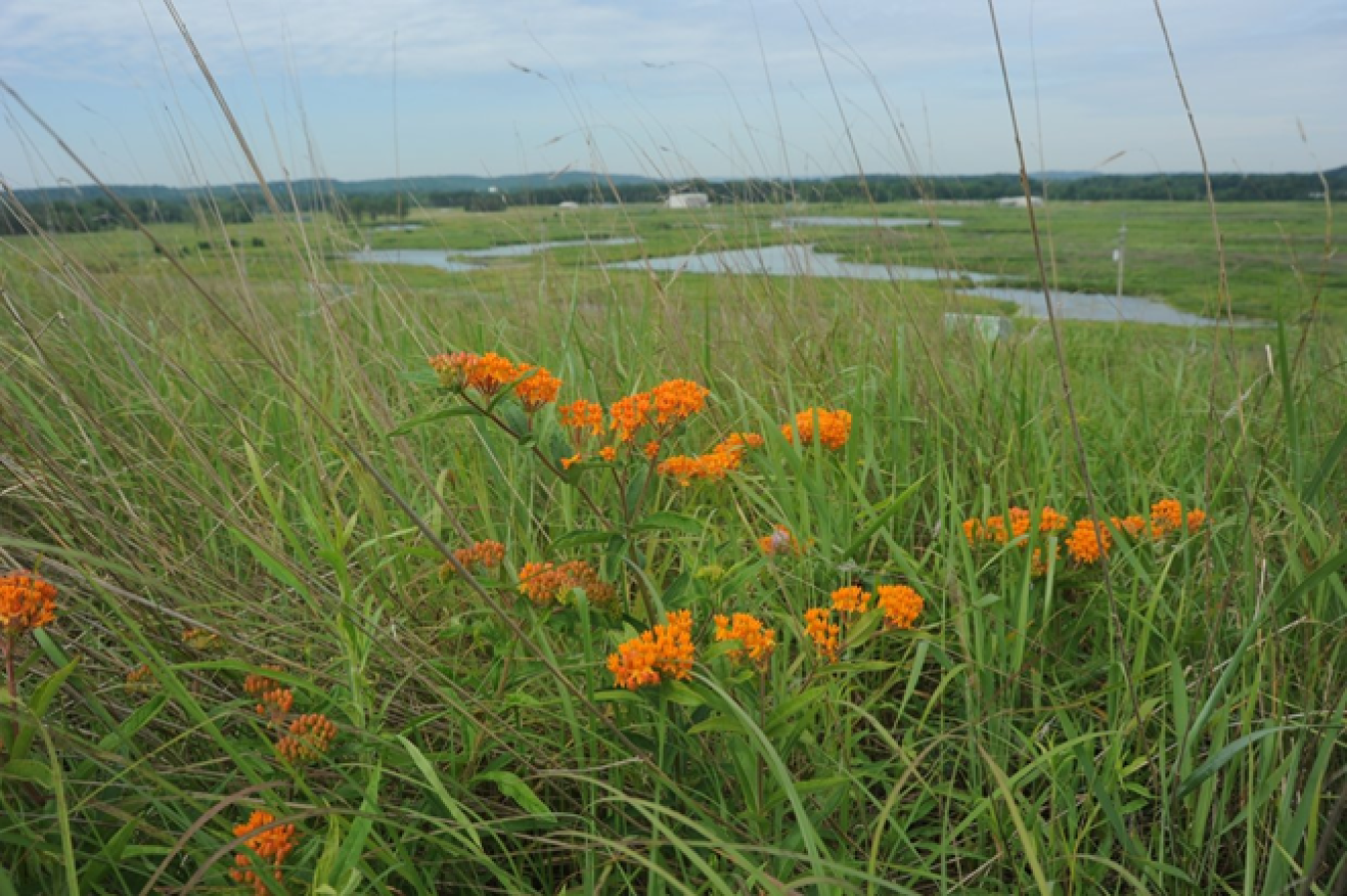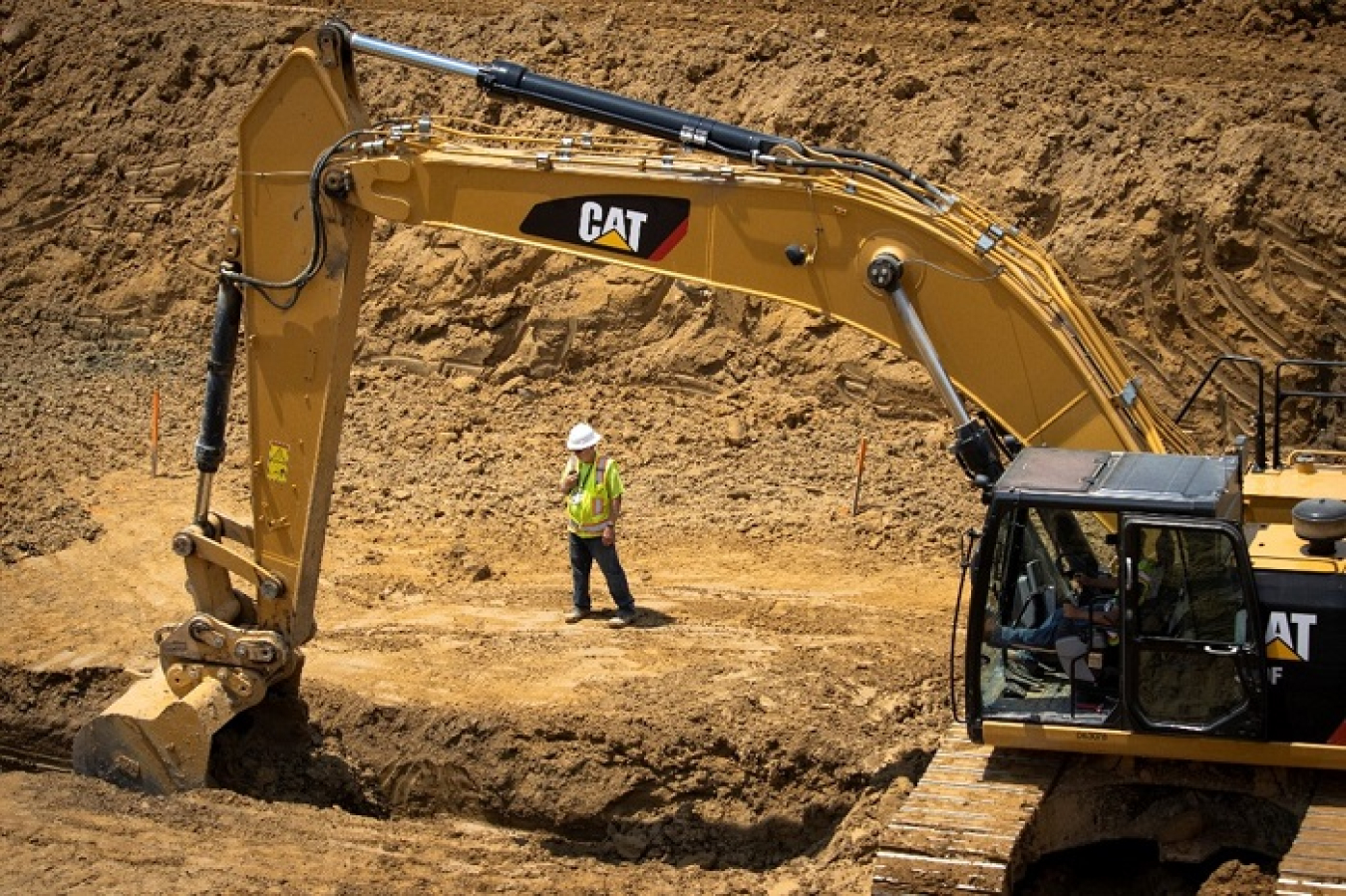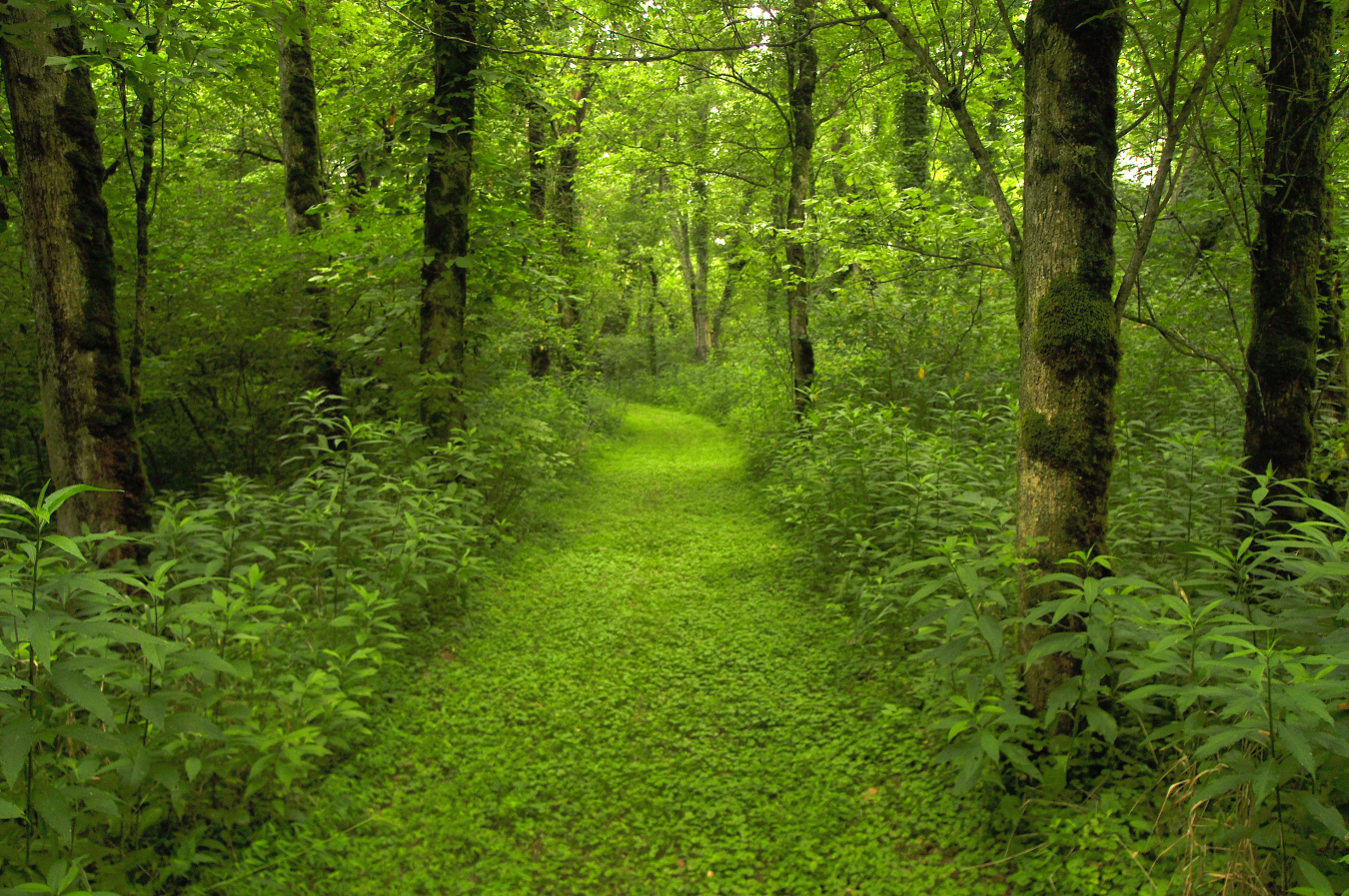The Department of Energy serves a Natural Resource Trustee over natural resources under its jurisdiction, custody or control.
Click on the EM site name below for Natural Resource Damage (NRD) projects and associated agreements.

Wildflowers at the Fernald Preserve at theFernald Sitein Ohio.
The Fernald Site cleanup created one of the largest man-made wetlands in Hamilton and Butler counties in Ohio. Integrating natural resource damage restoration as part of the cleanup enabled the planting of native species in lieu of commercially available grass seed, which improves the quality of the air, soil and water; helps to prevent flooding; controls erosion; and enhances biodiversity.
Fernald
Fernald
The U.S. Department of Energy signed a $42 million agreement in July 2024 as part of the Natural Resources Damage Assessment and Restoration (NRDAR) process for impacts from its historic operations on the Oak Ridge Reservation. The money from that agreement will fund grants to organizations and public entities for a wide range of local projects that either enhance the area’s natural resources or provide nature and recreational opportunities
A trustee council comprised of representatives from the State of Tennessee through the Tennessee Department of Environment and Conservation as the lead state agency, U.S. Fish and Wildlife Service, Tennessee Valley Authority, and DOE evaluated how natural resources were injured and developed a Restoration and Compensation Determination Plan.
The trustee council approached the NRDAR for the Oak Ridge Reservation in two phases.
The initial phase focused on the impacts to resources in Watts Bar Reservoir, involving ecological losses and recreational fishing losses downstream the Clinch River to Watts Bar Dam and the Tennessee River arm upstream to Fort Loudoun Dam. The trustees determined the terms of that agreement in 2009. Those terms involved DOE establishing the 3,000-acre Black Oak Ridge Conservation Easement and funding projects to improve recreational fishing access and opportunities.
The second phase focuses on the balance of the Oak Ridge Reservation, which includes habitat across the site, the floodplain and aquatic habitat for a portion of the Clinch River and its tributaries, groundwater flowing beneath and off site, and recreational opportunities.
Oak Ridge
Oak Ridge
 The first excavation of soil got underway recently to remove sources of potential groundwater contamination and provide fill dirt for the On-Site Waste Disposal Facility (OSWDF) at the Portsmouth Site.
The first excavation of soil got underway recently to remove sources of potential groundwater contamination and provide fill dirt for the On-Site Waste Disposal Facility (OSWDF) at the Portsmouth Site.The integration of contaminated soils excavated from the areas of five groundwater plumes is used to provide fill dirt for the On-Site Disposal Facility at the Portsmouth Site in Pike County, Ohio. The remediated land parcels are then transferred to the Southern Ohio Diversification Initiative, the designated community reuse organization.
Portsmouth
Portsmouth
NRD PROGRAM OBJECTIVES
The NRD program objectives are to identify the extent of injuries to natural resources and then to compensate the public for those lost resources or services. The injuries may be caused by direct or indirect releases of hazardous substances. See:
- Comprehensive Environmental Response, Compensation, and Liability Act (CERCLA), 42 U.S.C. 9601, et seq
- National Contingency Plan (NCP), 40 CFR Part 300
A Natural Resource Damage Assessment (NRDA) is the process of collecting, compiling, and analyzing information, statistics, or data through prescribed methodologies to determine damages for injuries to natural resources. At DOE sites, this process is best accomplished in collaboration with fellow federal, state, and tribal trustees. Natural resource trustees are charged with enforcing CERCLA’s NRD provisions on the public’s behalf.
In addition to serving as a natural resource trustee, DOE is also a Potentially Responsible Party (PRP). A PRP is an entity believed to have liability for response costs and/or natural resource damages, under the law, for a CERCLA release.
NATURAL RESOURCE DAMAGE ASSESSMENTS
Injuries to natural resources are evaluated in the NRDA process by identifying the functions or “services” provided by the resources that were damaged by the contamination. This is a collaborative process among trustees. After identifying the impacted services, the baseline levels of services are determined and used to quantify the extent to which those service were lost. The quantified injuries are used to determine the damages to be paid by the PRP. This includes the cost of restoring, rehabilitating, replacing, or acquiring the equivalent of, the damaged natural resources; the diminution in value of those natural resources pending restoration; plus the reasonable costs of assessing those damages (33 U.S.C. § 2706(d)(1)).
Examples may include but are not limited to the restoration of impacted habitat productivity or species diversity, and access agreements to facilitate use of cultural resources.
NATURAL RESOURCE TRUSTEES
CERCLA and the NCP create three categories of natural resource trustees:
- Federal trustees, who are designated by virtue of land management responsibility or to act as trustee for specific resources (e.g., DOE is a trustee for all natural resources found on, under or above land that is managed by DOE);
- State trustees, who are designated by the governor of each state; and
- Tribal trustees, who are trustees for any natural resources owned, managed, controlled by or held in trust for the benefit of the tribe.
Trusteeship often overlaps, which requires a coordinated implementation effort among the trustees. For example, DOE and the Department of the Interior (DOI) both have trust responsibilities for endangered species located on DOE-managed land. Depending on the species and state law, the state and/or a tribe may have trust responsibility for the same resource as well.
DOE NRD INTEGRATION POLICY
NRD restoration actions typically follow environmental cleanup actions. However, finding opportunities to integrate restoration into cleanup where possible can proactively restore lost environmental services and even reduce the future cost of NRD settlements. Integration also provides opportunities to streamline data collection and analysis and leverage mobilized cleanup contractors to perform NRD restoration activities.
The NRD program operates under DOE Policy 140.1, Natural Resource Damage Assessment Cooperation and Integration, and shares information across the complex to facilitate the expeditious and cost-effective assessment of damages and restoration of natural resources at DOE sites.


